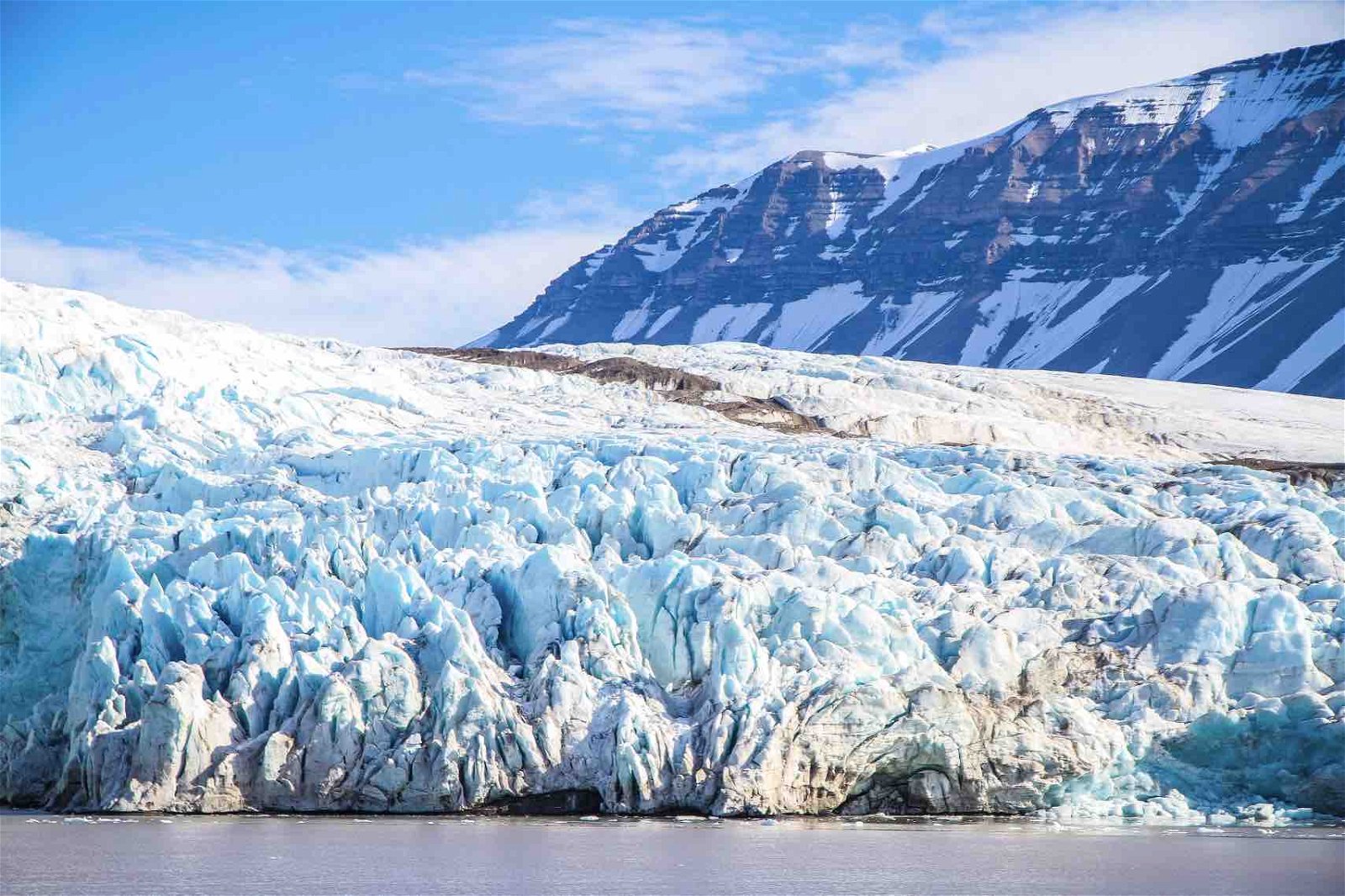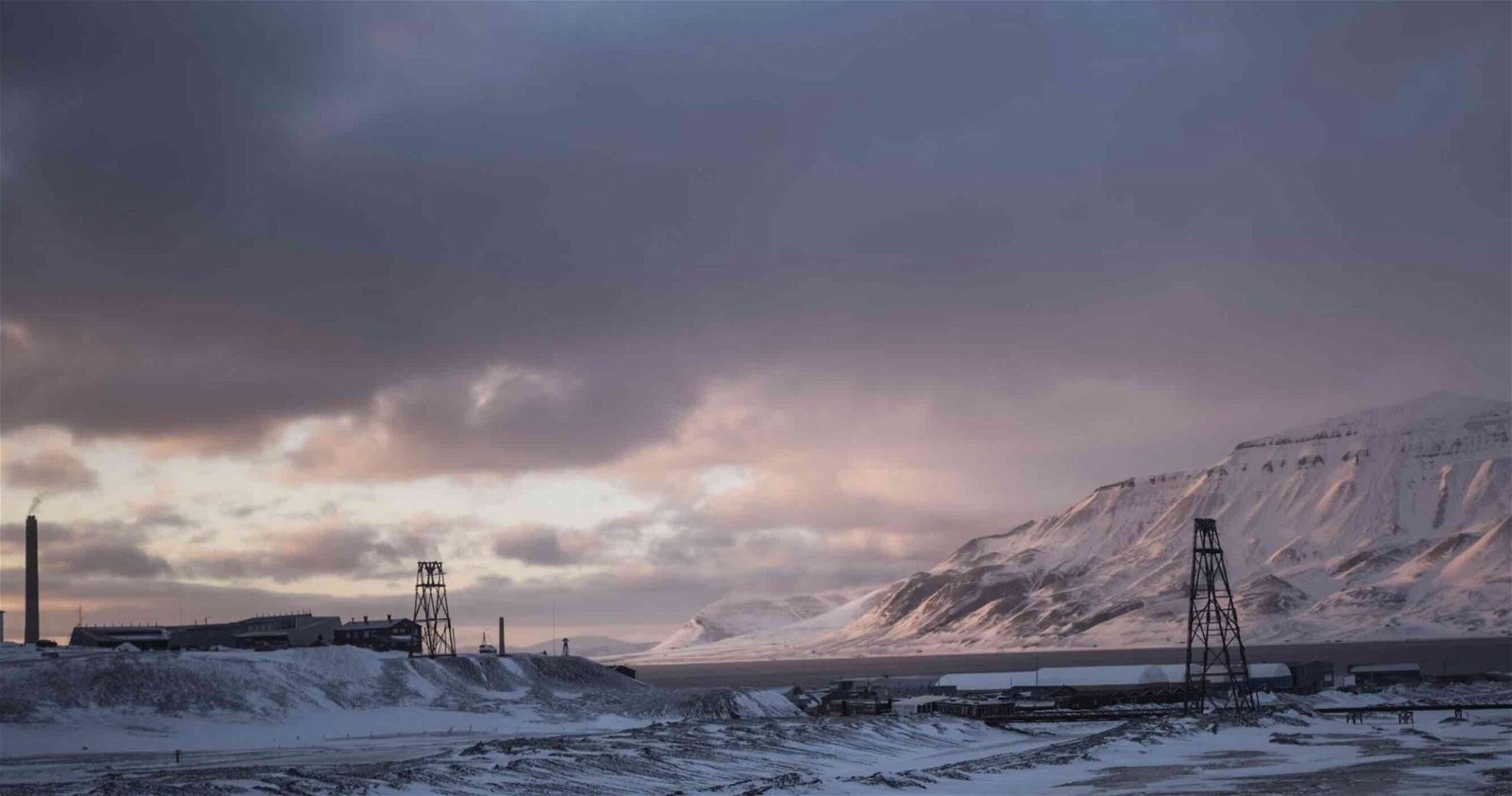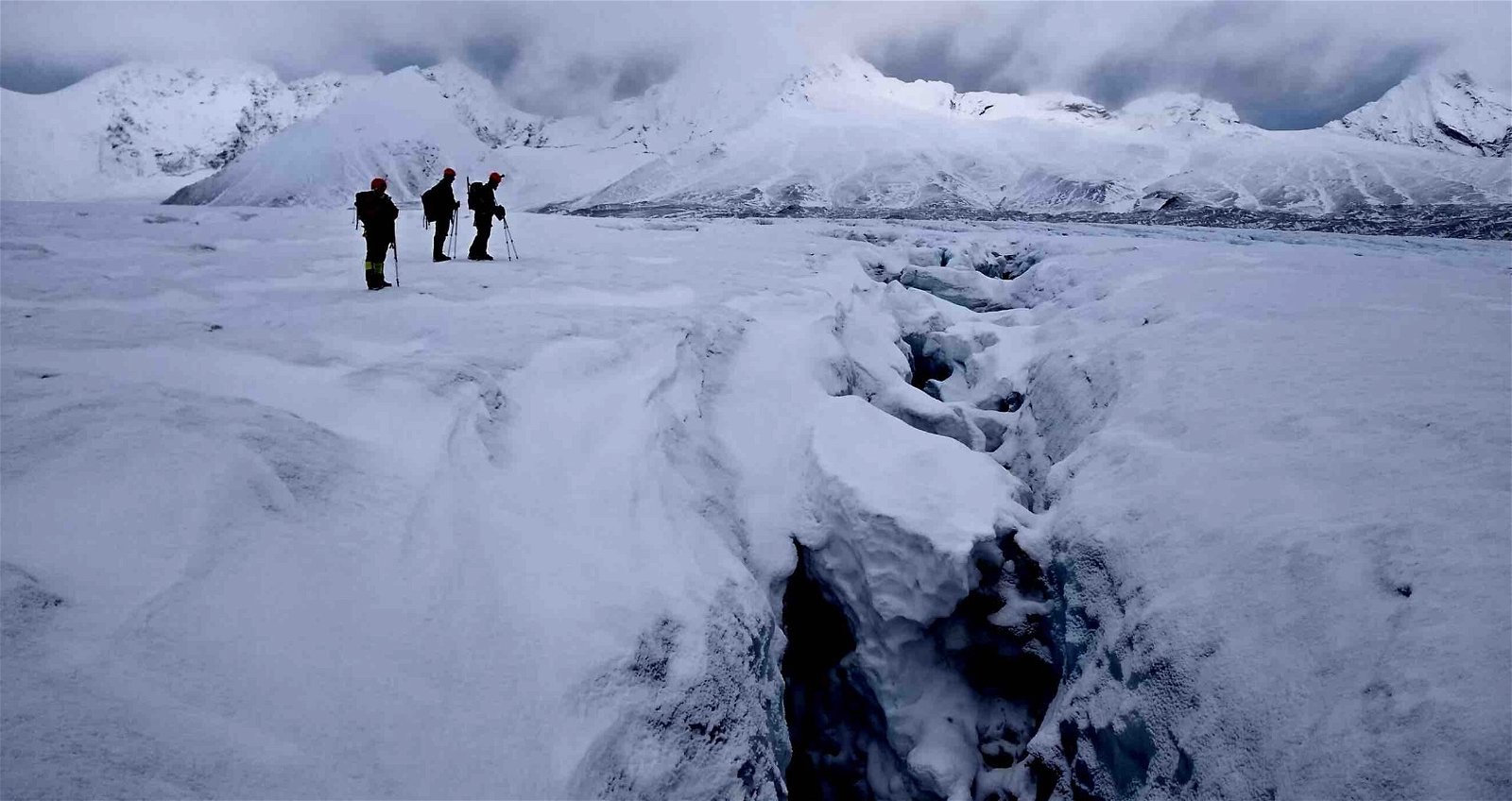Deep beneath arctic permafrost on a Norwegian archipelago in the Arctic Ocean, scientists have detected the migration of natural gases that they say could potentially impact the environment if they escape into the atmosphere.
Under Svalbard’s frozen surface, there are an estimated several million cubic meters of trapped methane. Based on new findings, scientists say that this colorless but highly flammable gas also appears to be able to migrate beneath the High Arctic permafrost.
Now, a new study published in Frontiers in Earth Science proposes that the methane located beneath Svalbard’s highland regions poses a significant risk of escaping due to the presence of diminishing ice coverage, which could lead to greenhouse gas emissions that may contribute to rising temperatures.
Permafrost in the High Arctic
In the High Arctic, permafrost is ubiquitous, although the subtle relationship between it and the region’s underlying geology is less well characterized. What scientists do possess a large degree of knowledge about is the accumulations of natural gas the permafrost contains, revealed over the decades by drilling both for scientific research, as well as the extraction of commodities like coal.
Throughout Svalbard, natural gas accumulations are present in distinct layers, which reveal more to scientists than merely their origins; they also provide evidence of the migration of these gases throughout the archipelago.

According to the new study, led by Thomas Birchall with the Department of Arctic Geology at the University Centre in Svalbard, Longyearbyen, Norway, the size of the trapped gas beneath Svalbard is presently unknown. However, one case he and his colleagues studied was able to produce several million cubic meters of gas in less than a decade.
Given that past studies have continually shown the steady thawing of arctic permafrost, Birchall and his colleagues warn that the escape of methane currently trapped under permafrost in regions like Svalbard could have a significant impact on rising temperatures and other effects on the climate.
Methane Escapes Could Mean Rising Temperatures
More specifically, the escape of large amounts of methane from its permafrost containment in Svalbard could instigate a warming cycle that would potentially spike methane emissions that, in turn, would lead to more permafrost thawing, and potentially the release of more methane.
“Svalbard shares a similar geological and glacial history with much of the Circum-Arctic, suggesting that sub-permafrost gas accumulations are regionally common,” the researchers write in their recent study. Given the location’s similarity to other arctic regions, the team’s findings mean that similar leaks of methane and other natural gases could easily occur in other regions.
“At present the leakage from below permafrost is very low,” Birchall said in a statement, “but factors such as glacial retreat and permafrost thawing may ‘lift the lid’ on this in the future.”
During their research, Birchall and the team found that gas accumulations at 18 hydrocarbon exploration wells they drilled in Svalbard were much higher than expected, with eight of them containing permafrost, and four revealing gas accumulations during drilling.
“All the wells that encountered gas accumulations did so by coincidence,” Birchall said. “[B]y contrast, hydrocarbon exploration wells that specifically target accumulations in more typical settings had a success rate far below 50%.”




In one harrowing circumstance, Birchall says drillers close to the Longyearbyen airport, where a bubbling sound was heard emanating from the well the drillers had produced. Birchall and his colleagues decided to examine the location with basic detection equipment capable of discerning when explosive levels of methane are present.
According to Birchall, the team’s alarms “were immediately triggered when we held them over the wellbore.”
Currently, scientists like Birchall and his colleagues hope to broaden their understanding about changes in permafrost, which undergoes periodic thawing and re-freezing phases each year. Over time, this uppermost active layer of permafrost has shown a general expansion in response to a warming climate, which also affects the movement of natural gases it contains.
“With permafrost thawing in the Arctic, there is a risk that the impacts of releasing of methane trapped beneath permafrost will lead to positive climatic feedback effects,” the team writes in their new paper, indicating the potential for an acceleration of warming both in the High Arctic, as well as in other regions around the world.
The team’s recent study, “Permafrost trapped natural gas in Svalbard, Norway,” was published last month in Frontiers in Earth Science.
Micah Hanks is the Editor-in-Chief and Co-Founder of The Debrief. He can be reached by email at [email protected]. Follow his work at micahhanks.com and on X: @MicahHanks.

Dr. Thomas Hughes is a UK-based scientist and science communicator who makes complex topics accessible to readers. His articles explore breakthroughs in various scientific disciplines, from space exploration to cutting-edge research.








